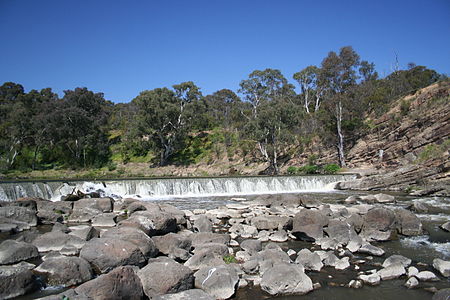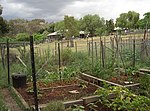Yarra Bend Park
EngvarB from February 2018Metropolitan parks of Victoria (Australia)Parks in MelbourneYarra River

Yarra Bend Park 260-hectare (640-acre) park in the Melbourne suburb of Kew. Located 4 km northeast of Melbourne's CBD, it is the largest area of natural bushland left in inner Melbourne. The most notable feature of the park is the Yarra River which flows for 12 km through it. The park hosts two golf courses, two historic boathouses, sheds and a number of cycle and walking trails. It receives approximately 1.5 million visitors per year.
Excerpt from the Wikipedia article Yarra Bend Park (License: CC BY-SA 3.0, Authors, Images).Yarra Bend Park
Yarra Bend Road, Melbourne Fairfield
Geographical coordinates (GPS) Address Nearby Places Show on map
Geographical coordinates (GPS)
| Latitude | Longitude |
|---|---|
| N -37.795407 ° | E 145.011978 ° |
Address
Yarra Bend Golf Course
Yarra Bend Road
3067 Melbourne, Fairfield
Victoria, Australia
Open on Google Maps






